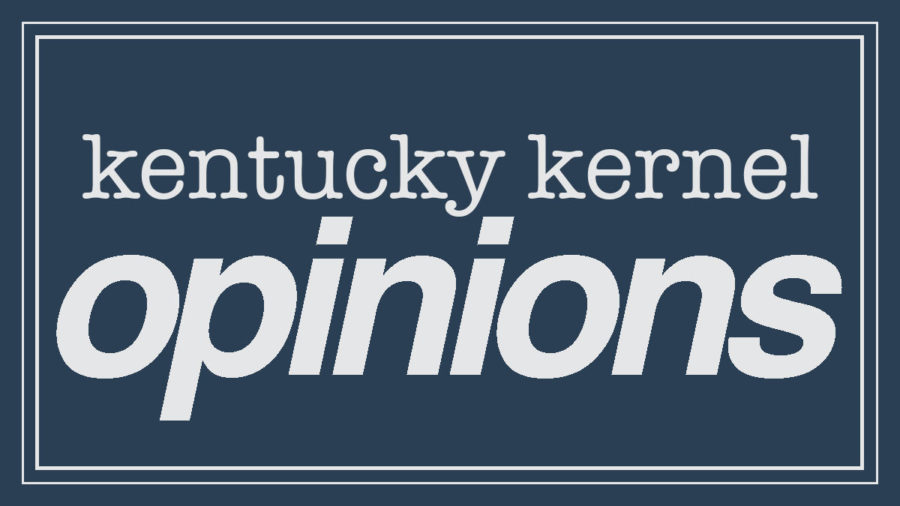Cleaning up space
February 3, 2022
For the past seven years, a piece from the SpaceX rocket has circled in Earth’s orbit, but soon, that will change.
The piece from the SpaceX rocket is called the Falcon 9 booster, launched by Elon Musk’s space exploration company in 2015. After the Falcon 9 booster completed its mission, however, it did not have enough fuel to make its way back to Earth.
Since then, the rocket has been uncontrolled in Earth’s orbit, but now it is predicted to crash into the moon. Although there are methods to diminish the potential danger of the excess debris in space, further guidelines and communication need to be put into order.
The Falcon 9 booster is predicted to be the first piece of “space junk” to collide into the moon. Data analyst Bill Gray predicts the piece will hit the far side of the moon on March 4, 2022.
The main reason we need to control the objects sent into space is the unkempt nature of the “space junk” in our orbit. According to NASA, “More than 27,000 pieces of orbital debris, or ‘space junk,’ are tracked by the Department of Defense’s global Space Surveillance Network (SSN) sensors. Much more debris — too small to be tracked, but large enough to threaten human spaceflight and robotic missions — exists in the near-Earth space environment.”
Thus, monitoring and controlling what is sent up into space is especially important due to our safety at risk.
Although the “space junk” may be small, it can travel up to speeds of 17,500 miles per hour, damaging satellites or space crafts in its wake. If debris collides into a space station or satellite, researchers may be in harm’s way due to the debris. Satellites also possess a great importance in our lives by helping with imaging, navigating, communication and research.
We use satellites to predict weather patterns, for communication on all levels (whether it be to airplanes or to one another), to collect information on our ozone layer and even to help us see if other debris may collide into Earth.
In order to keep researchers safe at the International Space Station, NASA implemented guidelines to catch debris in space. Although these guidelines are primarily used to keep the crew safe, they also aid in cleaning up our orbit. NASA utilizes the “pizza box,” a box about 2.5 miles deep, 30 miles wide and 30 miles long with the International Space Station in the center to measure relative danger of debris. If an object becomes too close to the box, Mission Control in Houston and Moscow develop a plan of action to aid in the safety of crew members.
In March 2021, GK Launch Services launched ELSA-d to test cleaning up space debris. ELSA-d was a demonstration mission in which the spacecraft attached itself to debris and pushed it into the Earth’s atmosphere. Once pushed into our atmosphere, the debris burned up, eliminating potential future dangers. After its successful demonstration, there are plans for another launch in the future, but the clean-up is currently on hold.
Unlike on Earth, space has no enforcement and no borders, making it an open free-for-all. The lack of transparency of private companies or governments offers no true gauge on what satellites are in our orbit, adding to the danger.
It is imperative for nations to collaborate and develop an international convention enlisting rules and regulations to help organize current and future satellites in space. By coming together to track objects, we can easily navigate potential dangers to our planet and help clean debris up one step at a time.
































































































































































